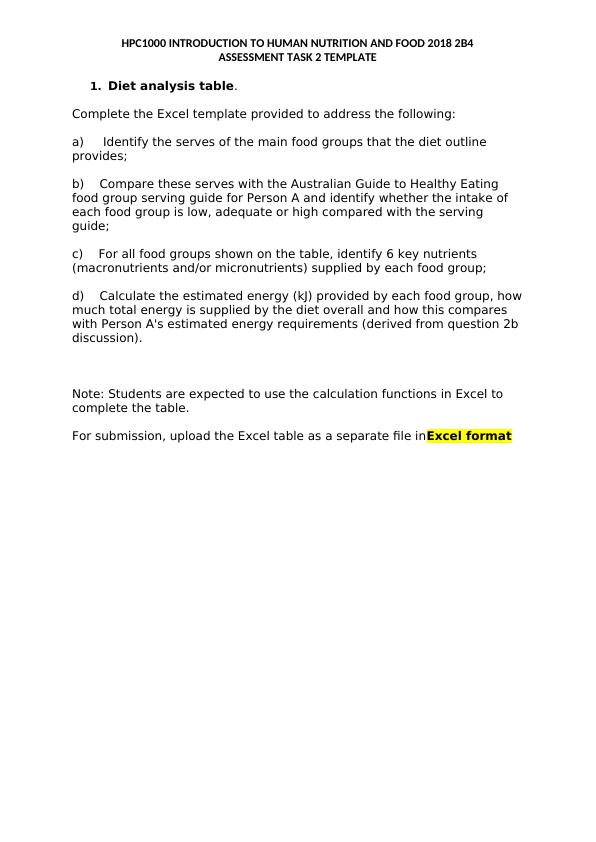Diet Analysis and Discussion on Human Nutrition and Food
Added on 2023-05-29
5 Pages2001 Words63 Views
End of preview
Want to access all the pages? Upload your documents or become a member.
Nutritional Requirements at Different Stages of Life
|5
|1187
|292
Develop menus for special dietary requirement
|25
|6031
|25
Nutritional Value of Food Groups and Dietary Requirements for Children
|9
|2816
|238
Nutritional Science - Importance of Balanced Diet, Macronutrients, Micronutrients, and Food Safety
|6
|1474
|340
Nutrition and Digestion: Role of Components, Nutritional Needs for Children, Molecules in Food, Alimentary Canal, Principles of Digestion
|10
|1967
|56
Assessment on Nutrition (Doc)
|10
|2659
|113


